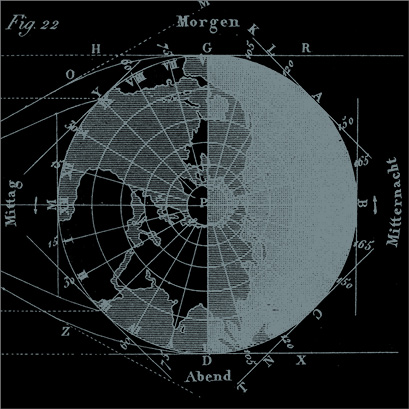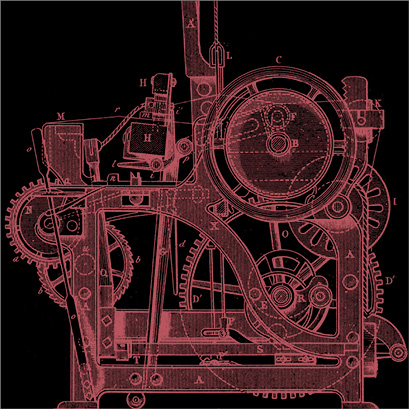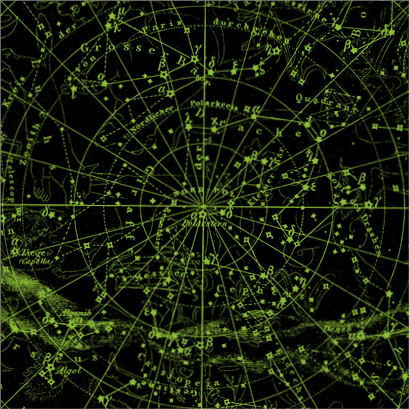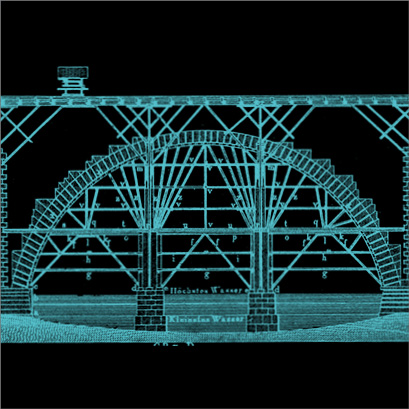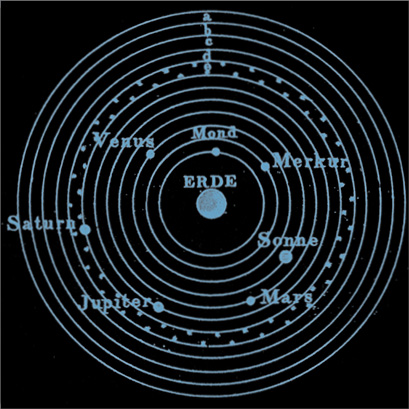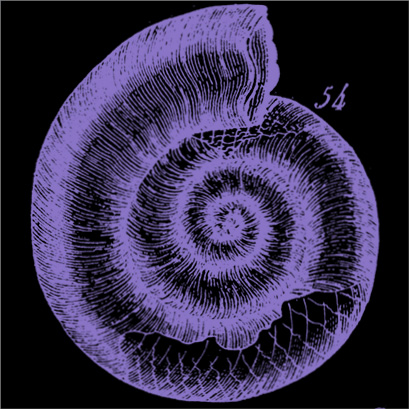Vision Series 7: The Enemy
THE VISION SERIES![]() A GBD MICROSITE
A GBD MICROSITE
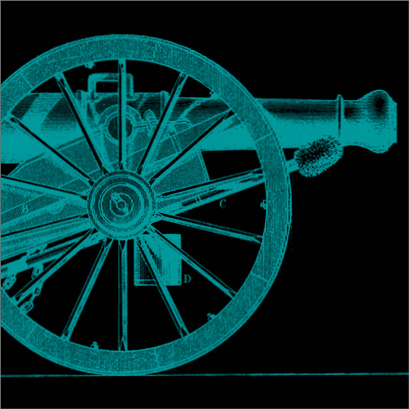
“Know thy self, know thy enemy. A thousand battles, a thousand victories.”
Sun Tzu
![]()
FACTS ABOUT VISION: Scientists Don’t Know Why We Cry When Upset
Our bodies produce tears in order to clean the surface of our eyes. That’s why dusty areas can make your eyes water. But what scientists don’t know is why we cry when we’re upset, excited, or angry. They have yet to find a biological link between crying and emotions that would explain the phenomena. This also means that scientists aren’t sure why some people are more prone to crying in certain situations than others. One thing they do know is that we aren’t born with tears. Babies cry right from the start. But that crying won’t produce tears until they are between 1 and 3 months of age. On the flip side, we actually produce fewer tears as we age. [A]
![]()
BOOKS ABOUT EYES: “The Eye of War”
by Antoine Bousquet, University of Minnesota Press, 2018
From ubiquitous surveillance to drone strikes that put “warheads onto foreheads,” we live in a world of globalized, individualized targeting. The perils are great. In The Eye of War, Antoine Bousquet provides both a sweeping historical overview of military perception technologies and a disquieting lens on a world that is, increasingly, one in which anything or anyone that can be perceived can be destroyed—in which to see is to destroy. Arguing that modern-day global targeting is dissolving the conventionally bounded spaces of armed conflict, Bousquet shows that over several centuries, a logistical order of militarized perception has come into ascendancy, bringing perception and annihilation into ever-closer alignment. The efforts deployed to evade this deadly visibility have correspondingly intensified, yielding practices of radical concealment that presage a wholesale disappearance of the customary space of the battlefield. Beginning with the Renaissance’s fateful discovery of linear perspective, The Eye of War discloses the entanglement of the sciences and techniques of perception, representation, and localization in the modern era amid the perpetual quest for military superiority. In a survey that ranges from the telescope, aerial photograph, and gridded map to radar, digital imaging, and the geographic information system, Bousquet shows how successive technological systems have profoundly shaped the history of warfare and the experience of soldiering. [B]
[A] The facts above are from the Magruder Eye Institute.
[B] The books noted are from a list by BiblioVault.



